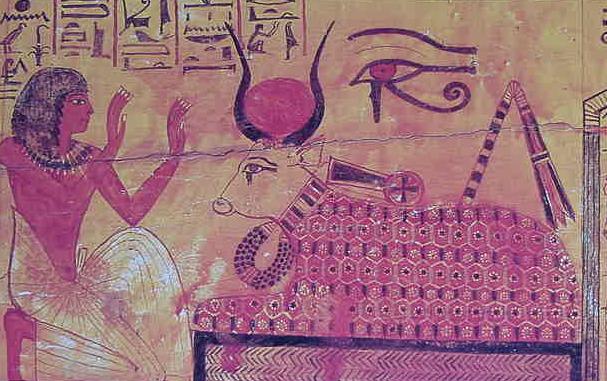One day I got carried away with a conversation. I wanted to ask my friend if she was going to eat her Apple Pie, I guess my brain didn't know in which language I should say it so I ended up asking her if she was going to eat her "apple of apple". This blog is an assignment for my art classes, yay! lots of fun :)
Thursday, September 27, 2012
Wednesday, September 26, 2012
China-- Painting on silk and mounting techniques
How silk is prepared (basic way)
http://www.youtube.com/watch?v=P_OpFgQ4HTk&feature=related
How painting is done
http://www.youtube.com/watch?v=6kfTQXD6iJU
Mounting
Hinduism
Despite its antiquity, Hinduism has over 900 million adherents worldwide, and the majority is in India and Nepal.
The Code of Manu is the various stages to accomplish in order to have a successful life:1.) Be a student.2.)Become a householder and marry a proper person from one's own caste.3.)Hermit once reached and old age.4.) Wandering beggar.This is to be performed by males only, women are to stay at home and take care of the children.
http://uwacadweb.uwyo.edu/religionet/er/hinduism/HRLIFE.HTM
- stratified caste system
1. Brahmans (priests) 2. warriors 3. farmers, merchants, artisans 4. laborers, servants, slaves
In modern times, a popular icon of Hinduism would be Mahatma Ghandi.
Tuesday, September 25, 2012
Indus Valley Civilization: Mohenjo-daro
Very civilized community. The layout of the buildings was interesting and the fact that it sits on top of a platform is nice.
Did people actually have houses on that platform or was it more for use of the vendors, religious and political leaders?
Did people actually have houses on that platform or was it more for use of the vendors, religious and political leaders?
Saturday, September 22, 2012
Raphael drawings


How do they add value?
What variety of line quality do they use?
What techniques are used to enhance
three-dimensionality?
Tuesday, September 18, 2012
More burial artifacts


These chairs in Tutankhamun's tomb got my attention because they look so modern, and just by looking at them they just look like they had a lot of work and thought put into them.
They look comfy too, I'd love to have something similar!
Egyptian Burial Artifact


In Tutankhamun's tomb, one of the burial artifacts found was a bed with sides in form of a cow. Archeologists think that it is probable that the purpose of this bed was to carry Tutankhamun to the solar heaven. According to legend, when the sun god ended his reign on earth, he ascended to the sky on the back of a cow goddess named Mehturt.
Tuesday, September 11, 2012
Research Outline
Article: Pompeii's Hidden Past
Country: China = Painting on silk and mounting techniques.
Religion: Hinduism from India
Country: China = Painting on silk and mounting techniques.
Religion: Hinduism from India
Egypt
The use of layers (in a mummy, or in a death grave) seems to be repetitive, I wonder if it has a meaning behind it?
I thought it was interesting that the archeologists could prove that the people who built the pyramids were not slaves.
I thought it was interesting that the archeologists could prove that the people who built the pyramids were not slaves.
Wednesday, September 5, 2012
Tombs of Ur Artifacts
Headdress of the Lady Puabi,
ca. 2650-2550 B.C.
Gold, lapis lazuli and carnelian
ca. 2650-2550 B.C.
Gold, lapis lazuli and carnelian
Hammered gold sheets
(14 inches height of comb, 1 inch diameter of
hair rings, 4 inches diameter of earrings)
(14 inches height of comb, 1 inch diameter of
hair rings, 4 inches diameter of earrings)
Sumerian ostrich egg shaped vessel - c. 2600 to 2500 B.C
Gold, lapis lazuli, red limestone, shell and bitumen.
Single sheet of gold hammered from the inside.
H. 5.7 inches
Dm. 5.11 inches
Single sheet of gold hammered from the inside.
H. 5.7 inches
Dm. 5.11 inches
Cylinder Seal
Lapis lazuli
Carved image
H. 1.65 inches
Dm. 1.02
Carved image
H. 1.65 inches
Dm. 1.02
http://www.historywiz.com/galleries/sumerianegg.html
http://www.penn.museum/collections/object/246532
http://arthistory.about.com/library/weekly/bl_urrev.htm
Subscribe to:
Comments (Atom)


